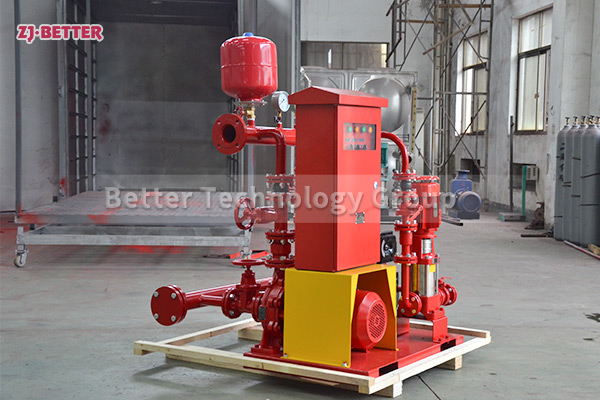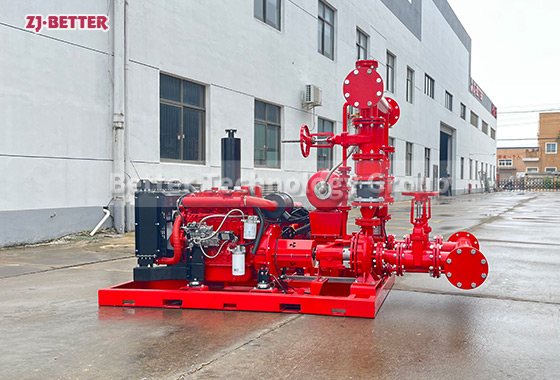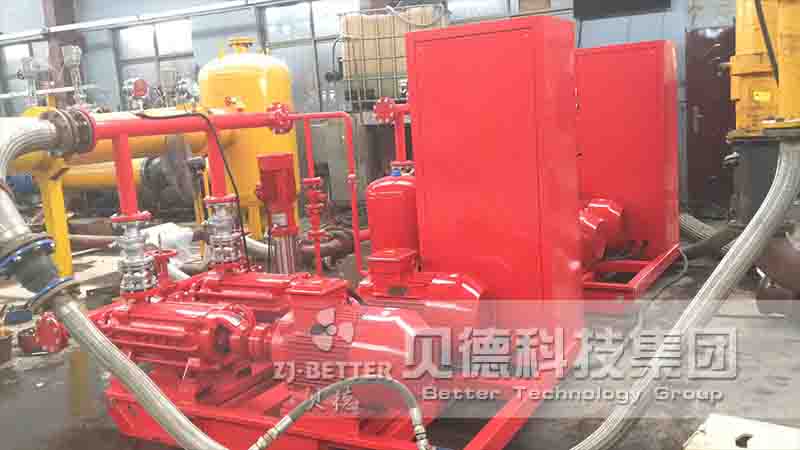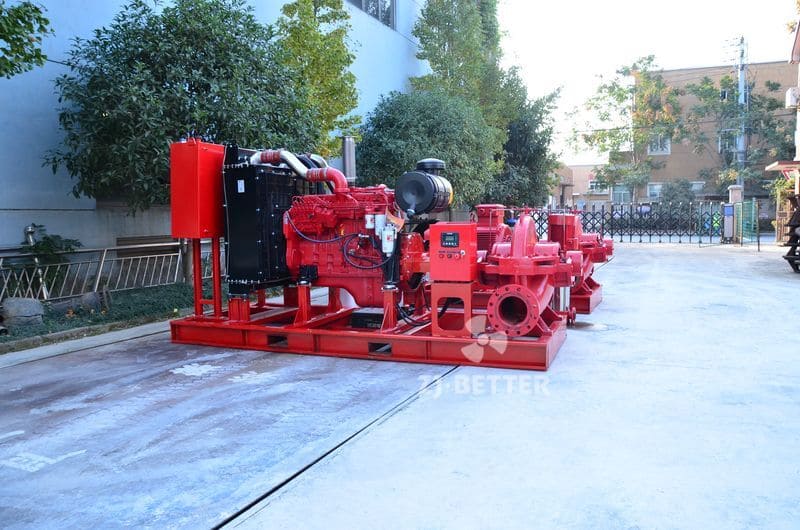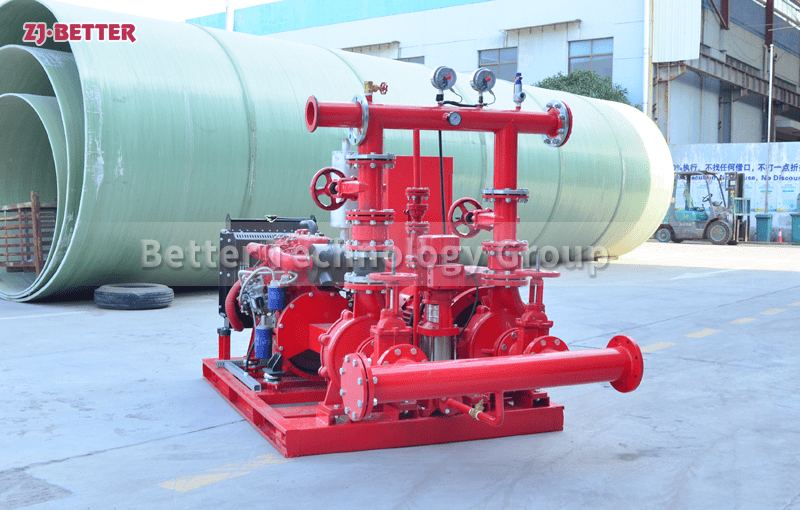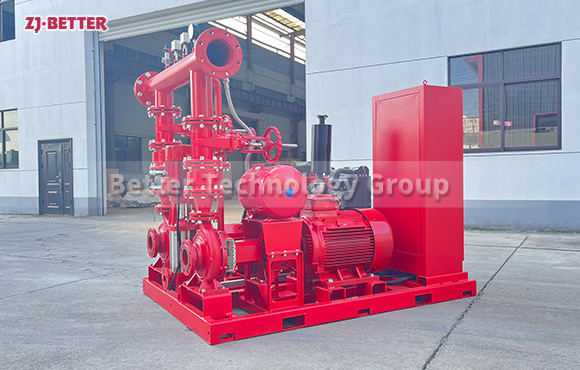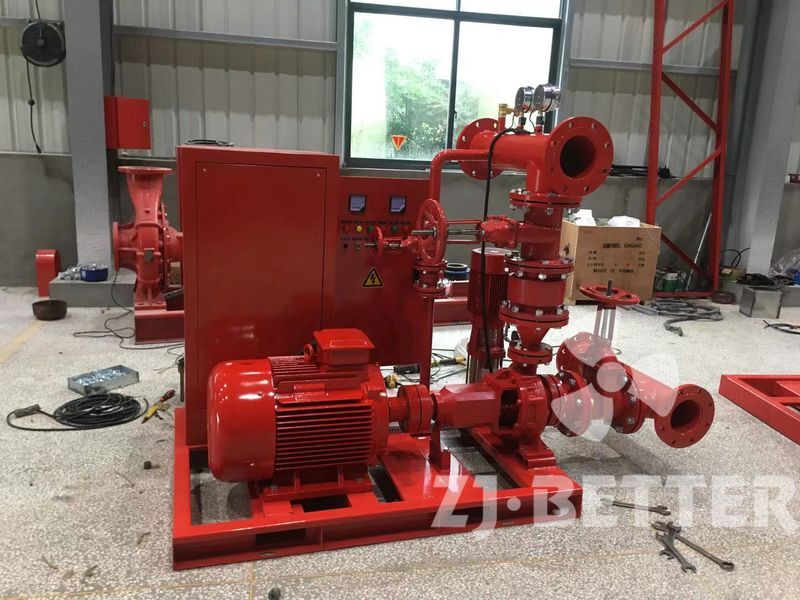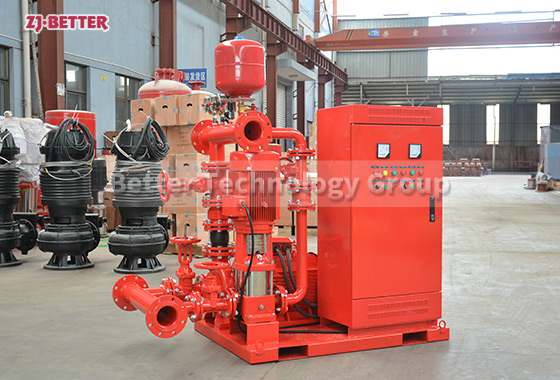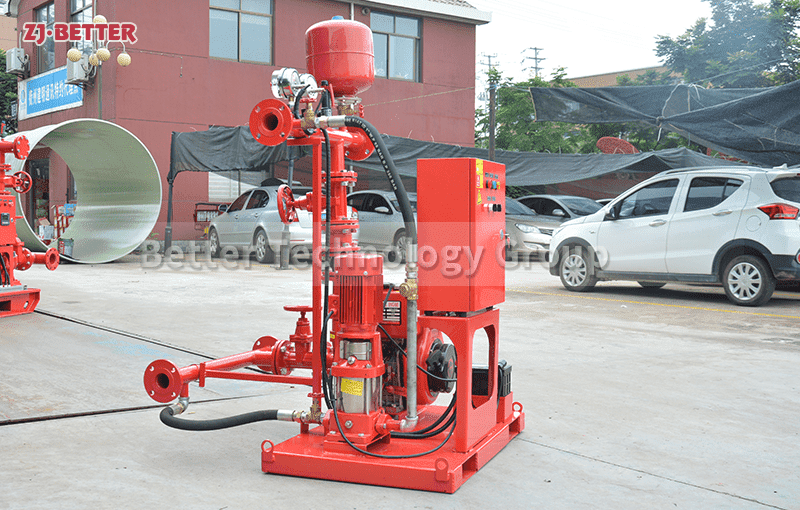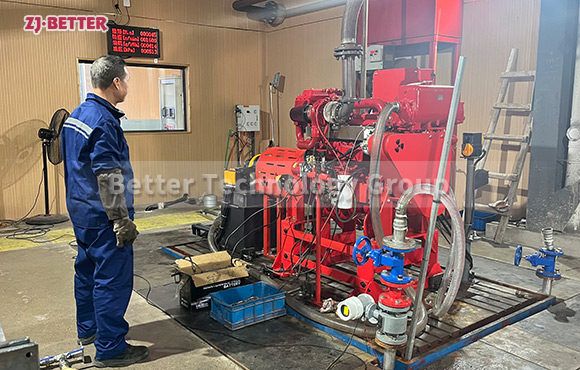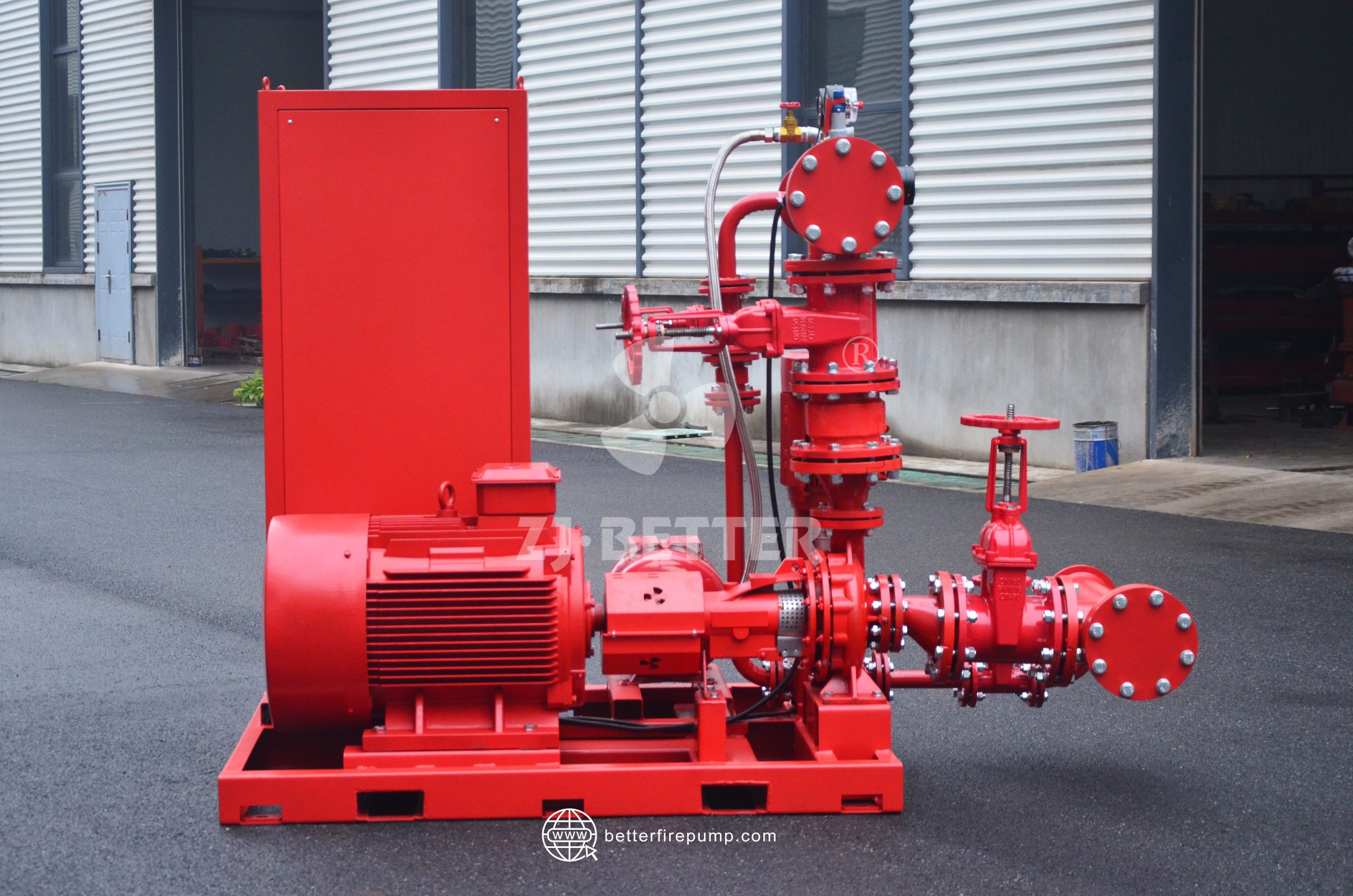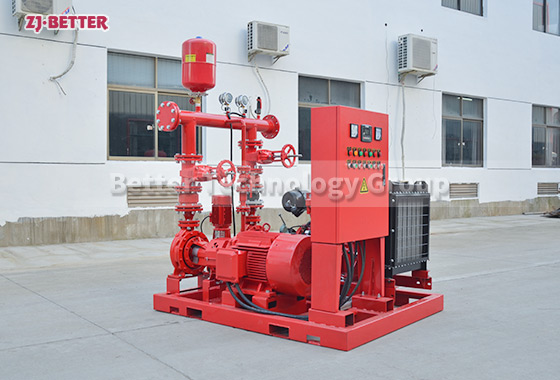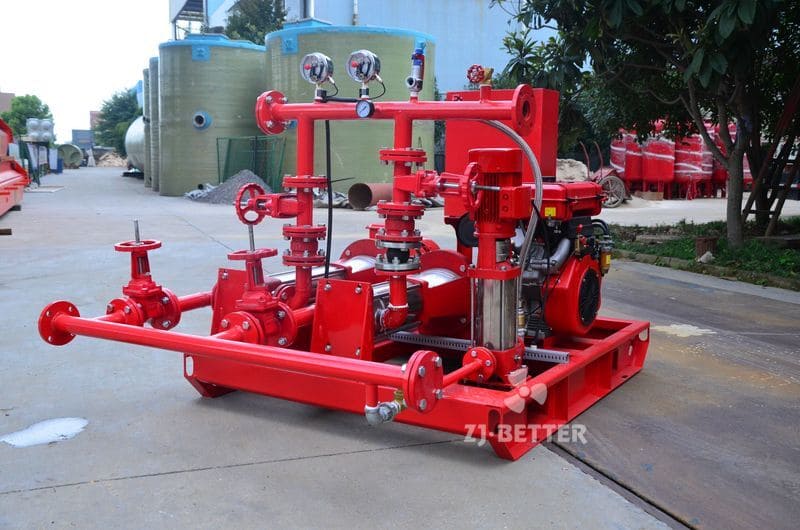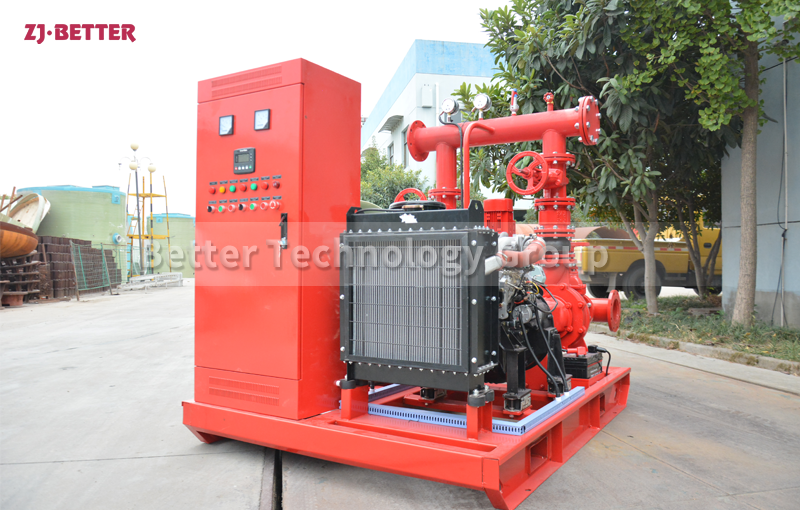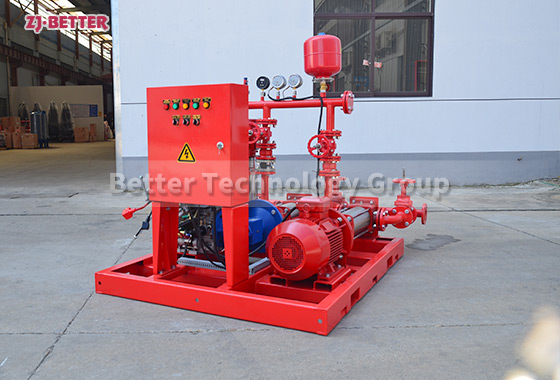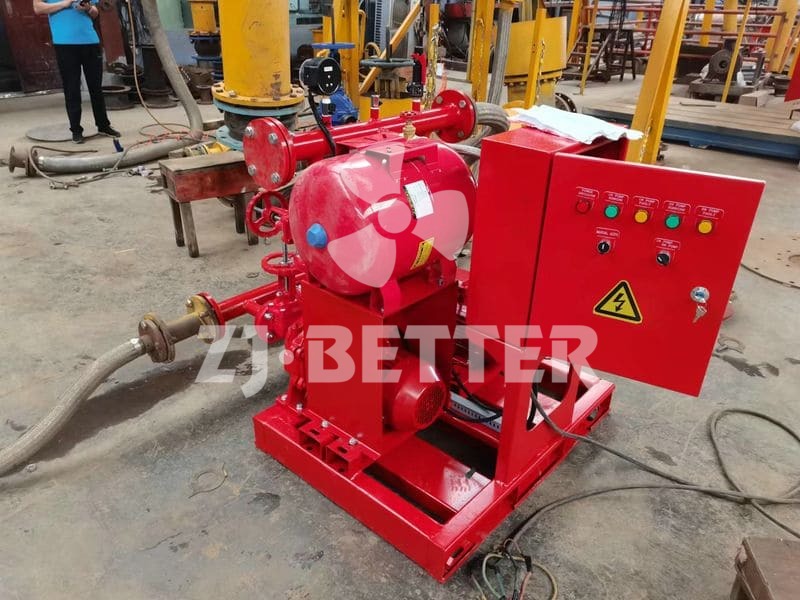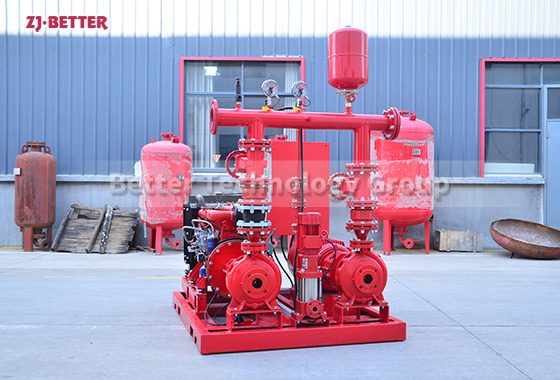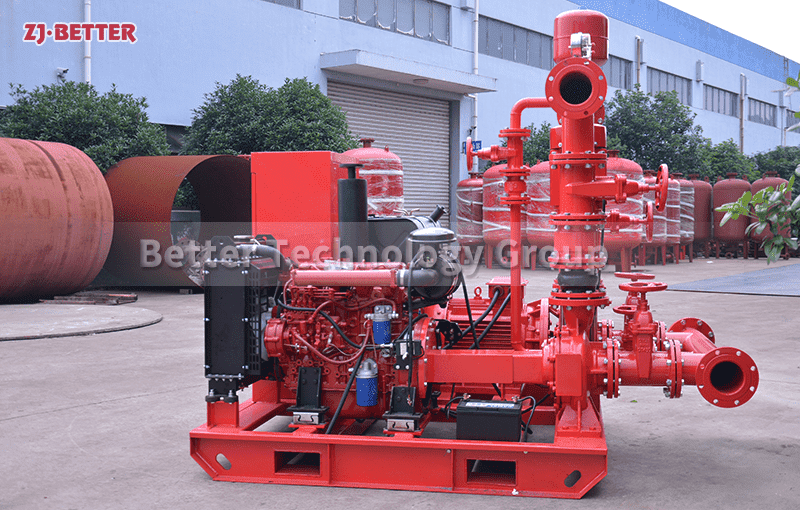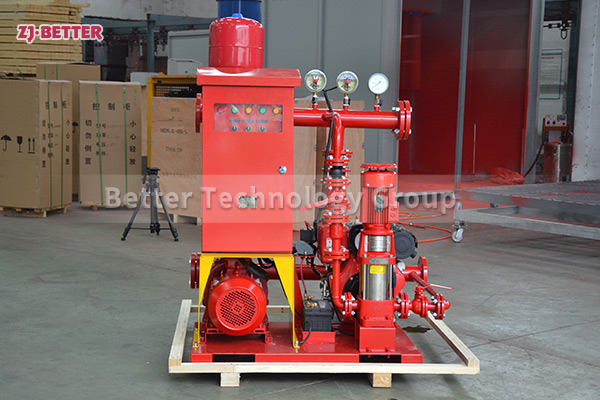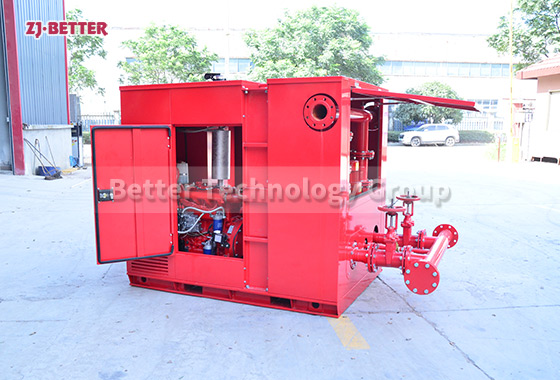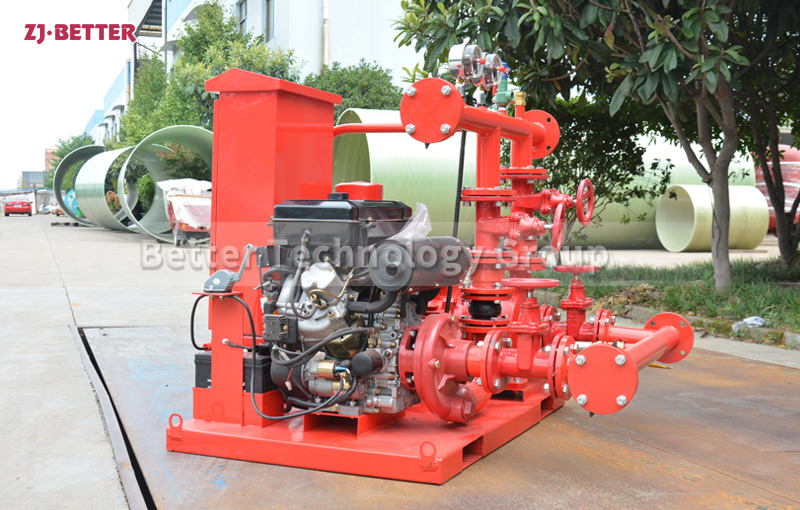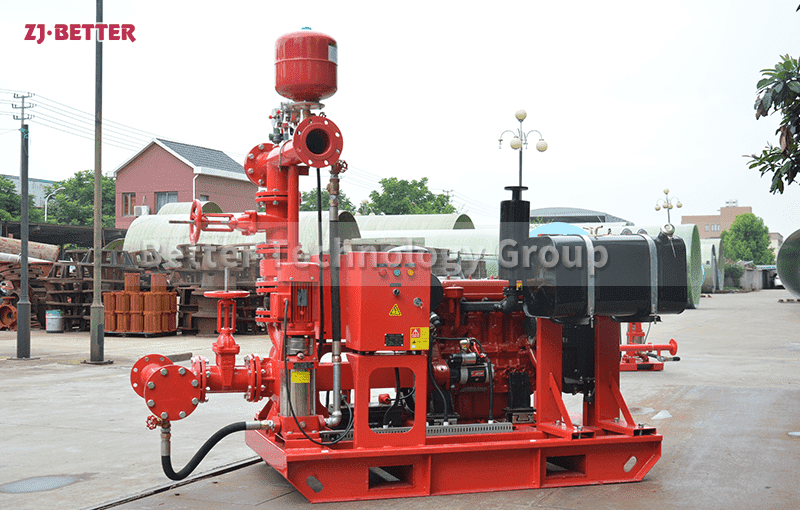Diesel engine fire pump with long service life
Diesel engine fire pumps can choose ductile iron and 304/3116 stainless steel materials, which can meet various special use conditions and technical requirements of users, and diesel engine fire pumps can be matched with different brands of diesel engines to ensure stable performance of diesel engine fire pumps. Long service life, high degree of automation.
Diesel engine fire pump sets are mainly suitable for fire water supply and foam fire extinguishing systems in petrochemical, natural gas, power generation, cotton and linen textiles, warehouses, airports, docks, high-rise buildings and other industries. It can also be used in occasions such as water ships, offshore oil tankers and fire fighting ships. The unit adopts imported diesel engine and fire pump. It has the characteristics of quick start, reliable water diversion, reasonable power reserve, stable operation, high degree of “three modernizations”, wide range of pressure and flow, etc. It is an advanced and reliable fire-fighting equipment.

